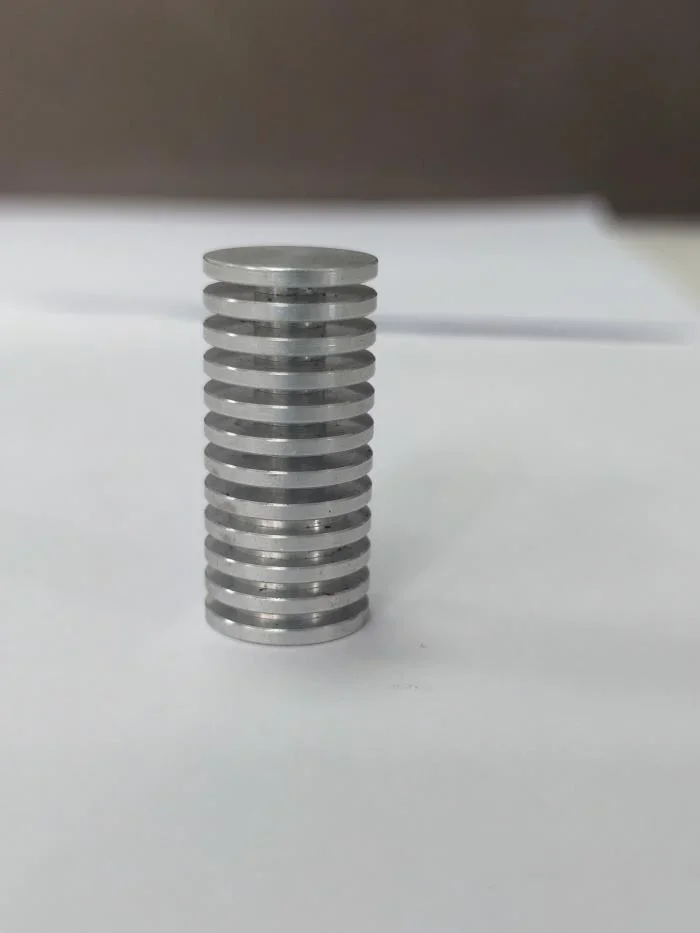How to improve the production accuracy of metal automotive precision components?
3 min readThe automotive industry is known for its high standards of precision and quality. Metal components, in particular, are critical to the performance and safety of vehicles. The production accuracy of these components is paramount, as even the slightest deviation can lead to performance issues or safety hazards. In this blog post, Rui Pu Luo will share with you how to improve the production accuracy of metal automotive precision components for sale.
Introduction to Automotive Precision Components
Precision components are integral to the automotive industry, serving as the backbone of engines, transmissions, and other critical systems. They include parts such as gears, bearings, shafts, and fasteners, which must meet stringent tolerances to ensure optimal performance and reliability.
The Importance of Production Accuracy
1. Safety: Inaccurate components can lead to mechanical failures, potentially causing accidents.
2. Performance: Precision is key to maintaining the efficiency and power of engines and other systems.
3. Durability: Well-manufactured parts last longer, reducing the need for frequent replacements.
4. Cost Efficiency: High-quality components reduce warranty claims and maintenance costs.

Strategies for Enhancing Production Accuracy
1. Advanced Material Selection
The choice of material can significantly affect the accuracy and performance of components. High-quality alloys and steels with consistent properties are preferred for their predictability in machining and resistance to wear.
2. Sophisticated Design Techniques
- CAD/CAM Integration: Utilizing computer-aided design and manufacturing software ensures that designs are accurate and can be precisely translated into manufacturing processes.
- Simulation: Before production, simulate the manufacturing process to identify potential issues and optimize the design for better accuracy.
3. State-of-the-Art Machining Processes
- CNC Machining: Computer Numerical Control (CNC) machines offer high precision and repeatability, essential for automotive components.
- Laser Cutting: For complex shapes, laser cutting provides a high level of accuracy with minimal material distortion.
4. Quality Control Systems
- In-Process Inspection: Regular checks during the manufacturing process can catch and correct deviations early.
- Automated Inspection: Implement automated systems using cameras and sensors to inspect parts for dimensional accuracy.
5. Advanced Measurement Tools
- Coordinate Measuring Machines (CMM): These machines provide precise measurements of parts to ensure they meet design specifications.
- Microscopy: High-powered microscopes can be used to inspect surface finish and detect minute defects.
6. Lean Manufacturing Principles
- Elimination of Waste: Streamline processes to eliminate unnecessary steps that could introduce inaccuracies.
- Continuous Improvement: Regularly review and refine manufacturing processes to enhance precision.
7. Skilled Workforce Training
Invest in training programs to ensure that operators are proficient in the latest machining techniques and quality control methods.
8. Use of High-Precision Tools
- High-Quality Cutting Tools: Use tools with precise geometries to maintain accuracy during machining.
- Regular Tool Maintenance: Keep tools sharp and well-maintained to avoid wear that can affect precision.
9. Environmental Control
Controlling the manufacturing environment, such as temperature and humidity, can reduce variations that affect material properties and machining processes.
10.Supply Chain Management
Ensure that all suppliers meet the same high standards for material quality and consistency to avoid variability in the manufacturing process.
Conclusion
Improving the production accuracy of metal automotive precision components is a multifaceted challenge that requires a combination of advanced technologies, stringent quality control, and a commitment to continuous improvement. By adopting the strategies outlined in this blog post, manufacturers can enhance the precision of their components, leading to safer, more reliable, and higher-performing vehicles.
www.rplmachining.com
Rui Pu Luo
